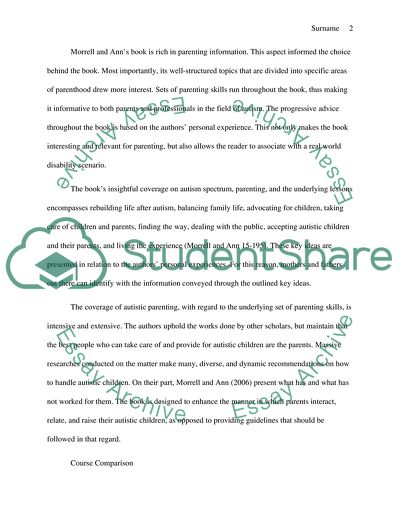Cite this document
(Parenting Across the Autism Spectrum Book Report/Review, n.d.)
Parenting Across the Autism Spectrum Book Report/Review. Retrieved from https://studentshare.org/education/1799817-what-experts-are-saying
Parenting Across the Autism Spectrum Book Report/Review. Retrieved from https://studentshare.org/education/1799817-what-experts-are-saying
(Parenting Across the Autism Spectrum Book Report/Review)
Parenting Across the Autism Spectrum Book Report/Review. https://studentshare.org/education/1799817-what-experts-are-saying.
Parenting Across the Autism Spectrum Book Report/Review. https://studentshare.org/education/1799817-what-experts-are-saying.
“Parenting Across the Autism Spectrum Book Report/Review”, n.d. https://studentshare.org/education/1799817-what-experts-are-saying.


